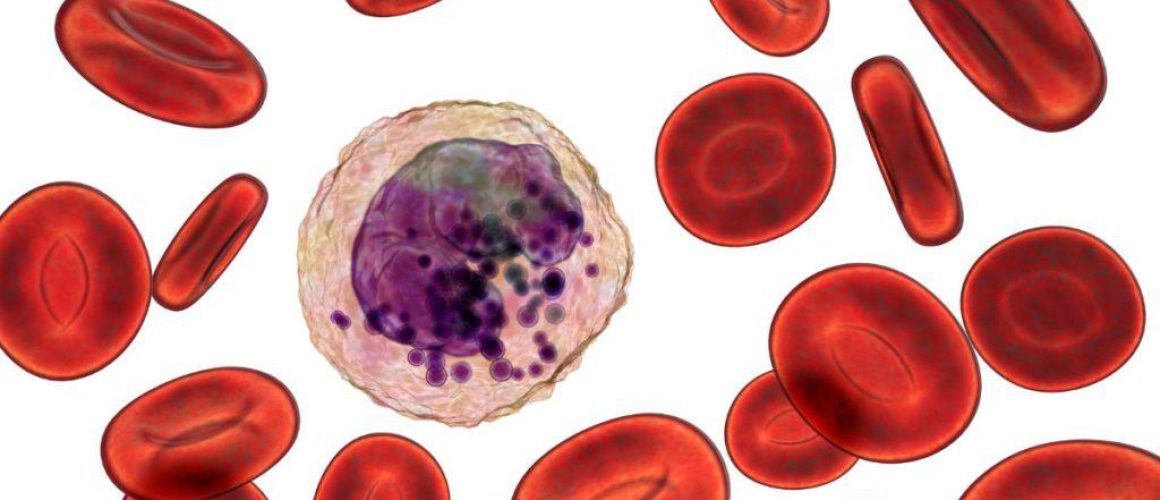Basophils and mast cells
Table of Contents
Key Summary Table: Basophils and Mast Cells
| Cell Type | Primary Function | Role in Allergic Reactions | Release Substances |
|---|---|---|---|
| Basophils | Part of the immune system, involved in inflammatory reactions | Release histamine and other substances when allergens are detected | Histamine, Heparin, Serotonin |
| Mast Cells | Protect the body from pathogens, involved in wound healing and defense against pathogens | Release histamine and other substances when allergens are detected, leading to symptoms of an allergic reaction | Histamine, Cytokines, Proteases |
Basophils and mast cells. These tiny warriors in our immune system play a big game in our defense against allergens and inflammation. Stick around to unravel their fascinating roles!
Introduction
Basophils and mast cells, two intriguing components of our immune system, often don’t get the spotlight they deserve. In the fascinating world of hematology, these cells play pivotal roles that are essential for our body’s defense mechanisms. As a medical technology student, I’ve been captivated by the complex yet beautiful interplay of these cells in our immune response.
The immune system is not a solitary warrior but an intricately connected, beautifully complex defense mechanism. And basophils and mast cells are key players in this system.
In this article, we’ll delve into the world of basophils and mast cells, exploring their functions, their roles in allergic reactions, and their importance in our immune system. So, let’s embark on this journey together, diving deep into the microscopic world of these fascinating cells.
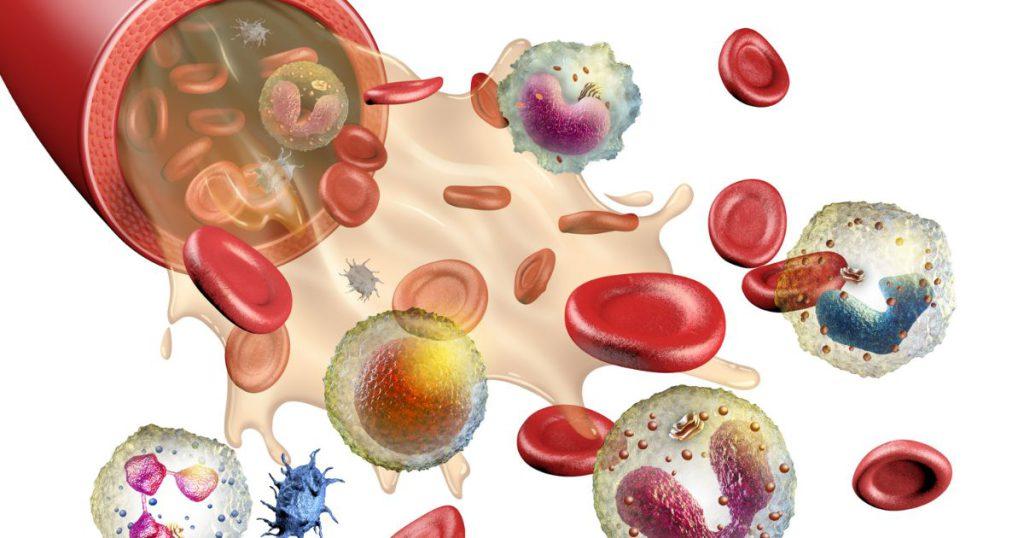
Understanding Hematology
Before we delve into the specifics of basophils and mast cells, let’s take a moment to understand the broader field of hematology. Hematology, the study of blood, blood-forming organs, and blood diseases, is a fascinating discipline that bridges the gap between the lab and the clinic. It’s a world where cells, proteins, and coagulation factors come together to form the life-sustaining fluid we call blood.
- Hematology is the study of blood, blood-forming organs, and blood diseases.
- It bridges the gap between the lab and the clinic.
- Hematology involves studying cells, proteins, and coagulation factors that make up blood.
As a medical technology student, I’ve always been intrigued by the complexity and elegance of the hematological system. It’s like a well-orchestrated symphony, with each cell and molecule playing its part in harmony. And among these players, basophils and mast cells hold a special place, acting as key conductors in the immune response orchestra.
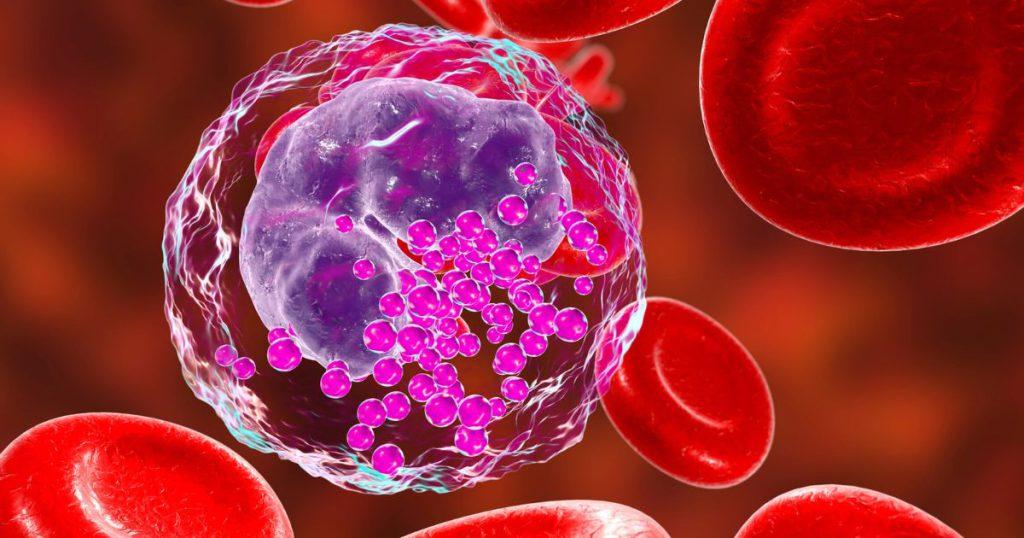
Basophils: The Underdogs of Our Immune System
Basophils, although the least common type of white blood cell, play a crucial role in our body’s immune response. They’re like the underdogs of our immune system, often overlooked but vital in our defense against external threats. Basophils are packed with granules filled with histamine and other chemicals, ready to be released at the first sign of an invasion.
| Characteristics of Basophils | Description |
|---|---|
| Least Common White Blood Cell | Basophils make up less than 1% of the white blood cells in the body |
| Role in Inflammation | Basophils release substances that can cause inflammation |
| Response to Allergens | Basophils release histamine when they encounter allergens |
During my lab work at Mahidol University, I had the chance to observe these cells under the microscope. It was fascinating to see how these tiny cells, barely visible to the naked eye, could have such a profound impact on our health. Their role in allergic reactions and inflammation is particularly intriguing, shedding light on the complex mechanisms of our immune response.
- Basophils are the least common type of white blood cell.
- They play a crucial role in the body’s immune response.
- Basophils release histamine and other substances when they encounter allergens.
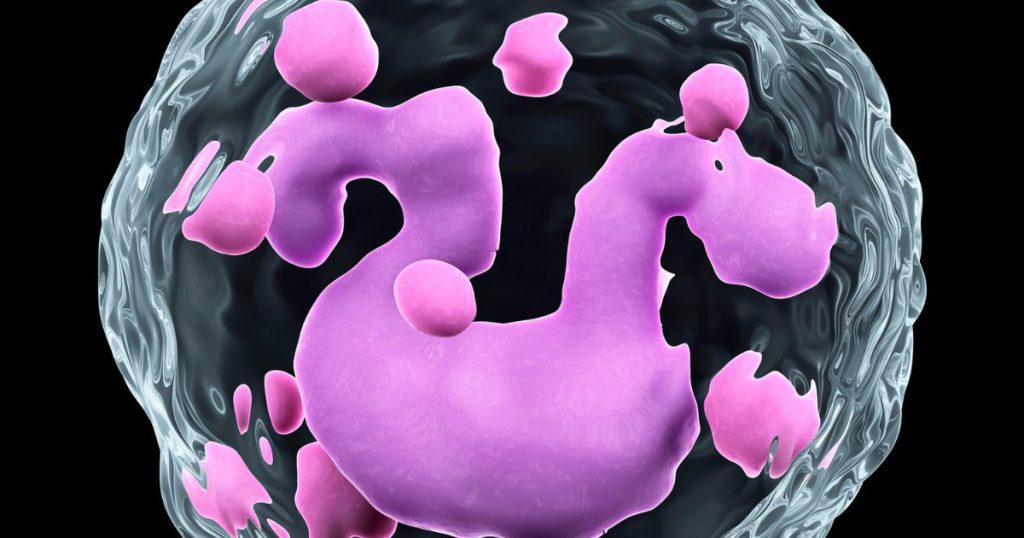
Mast Cells: The Guardians Against Allergens
Mast cells, often misunderstood, are the body’s first line of defense against allergens. They’re like the guardians of our body, always on the lookout for potential threats. When an allergen enters our body, mast cells spring into action, releasing a barrage of chemicals that trigger an allergic reaction.
| Characteristics of Mast Cells | Description |
|---|---|
| Location | Mast cells are found in tissues throughout the body, especially near the skin, lungs, intestines, and nose |
| Role in Allergic Reactions | Mast cells release histamine and other substances when they encounter allergens |
| Role in Immunity | Mast cells play a key role in the body’s defense against bacteria and viruses |
During my internship at the BC Summer Internship Program, I had the opportunity to study mast cells in detail. It was fascinating to see how these cells, despite their small size, could trigger such a powerful immune response. Their role in allergic reactions and inflammation is not just important, it’s essential for our survival.
- Mast cells are found in tissues throughout the body.
- They play a key role in the body’s defense against allergens.
- Mast cells release histamine and other substances when they encounter allergens.
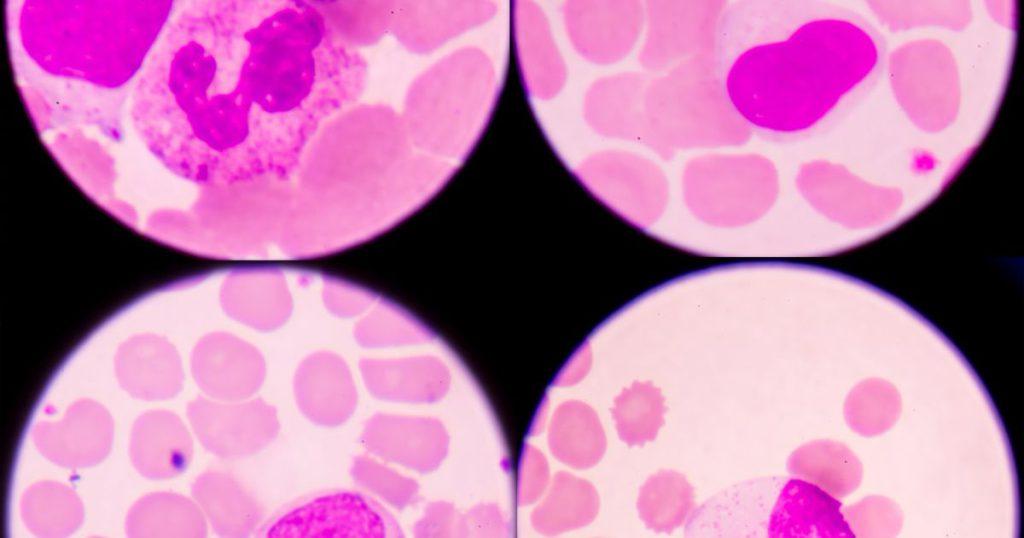
The Role of Basophils and Mast Cells in Allergic Reactions
When it comes to allergic reactions, both basophils and mast cells are the stars of the show. They’re like the dynamic duo of our immune system, working together to defend our body against allergens. When an allergen enters our body, it triggers a chain reaction that involves both basophils and mast cells.
| Allergic Reaction Stage | Role of Basophils and Mast Cells |
|---|---|
| Initial Exposure | Mast cells and basophils do not react the first time the body encounters an allergen |
| Subsequent Exposures | Mast cells and basophils release histamine and other substances, leading to symptoms of an allergic reaction |
In my studies, I’ve learned that understanding the role of these cells in allergic reactions is crucial for developing effective treatments. By studying the mechanisms of these cells, we can gain insights into how allergic reactions occur and how we can prevent them.
- Basophils and mast cells do not react the first time the body encounters an allergen.
- Upon subsequent exposures, these cells release histamine and other substances.
- This release leads to symptoms of an allergic reaction.
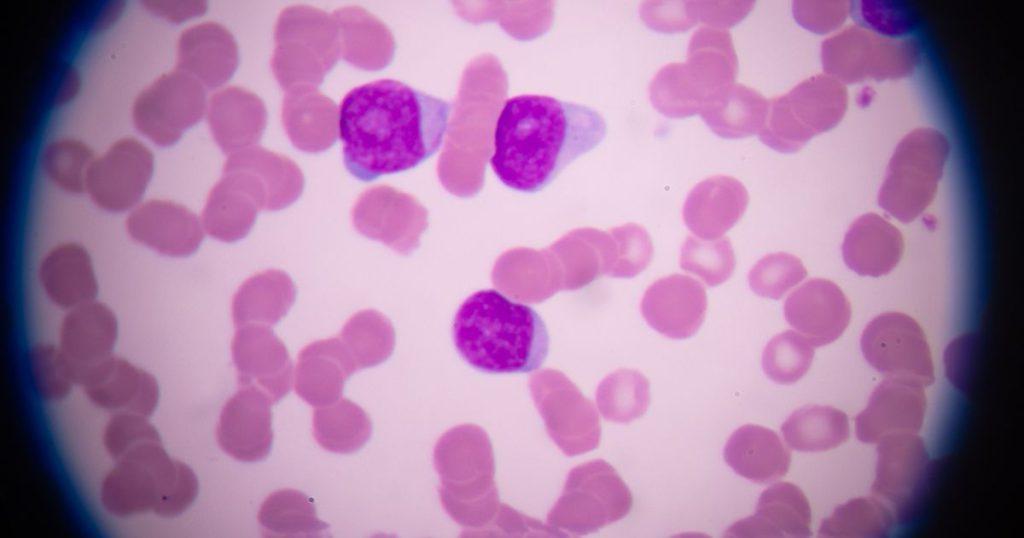
The Interplay Between Basophils and Mast Cells
While basophils and mast cells have their unique roles, their interplay in the immune system is a symphony of cellular communication. They work together, complementing each other’s functions to mount an effective immune response.
During my time in the lab, I’ve seen firsthand how these cells interact with each other. It’s like watching a dance, with each cell playing its part in harmony. This interplay is not just fascinating, it’s crucial for our understanding of the immune system.
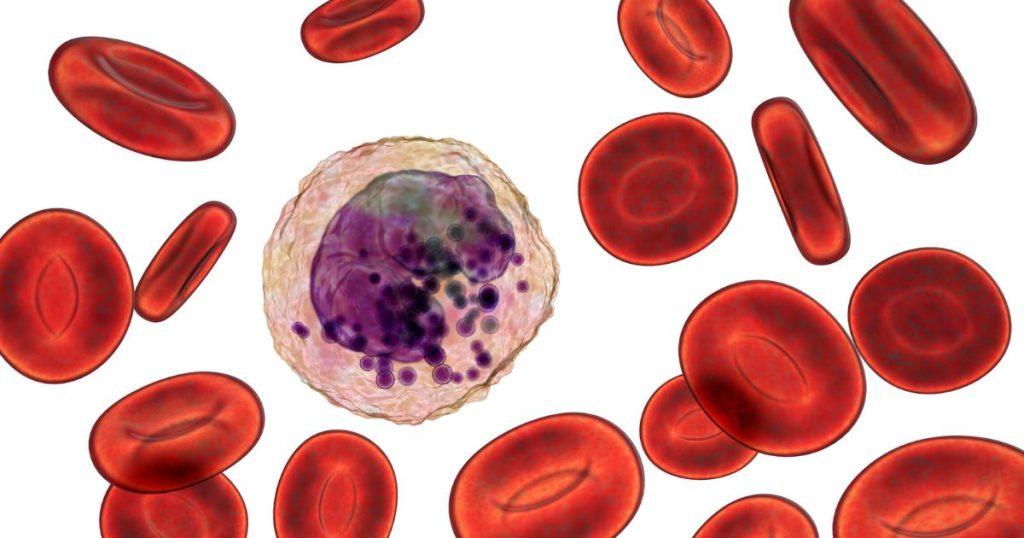
Understanding the roles of basophils and mast cells in our immune response is like unraveling a mystery, where each clue leads to a deeper understanding of our body’s defense mechanisms.
Conclusion
Basophils and mast cells, though small components of our vast immune system, have profound impacts on our health and well-being. As we’ve seen, these cells play crucial roles in our defense against allergens and in inflammatory responses. Understanding these cells and their functions is not just important for hematologists and medical technologists, it’s vital for anyone interested in health and wellness.
As a medical technology student, I’ve been captivated by the complex yet beautiful world of basophils and mast cells. I hope this article has given you a glimpse into this fascinating world and sparked your interest in the field of hematology.
If you find the captivating world of hematology as intriguing as I do, continue exploring this fascinating field. Visit my Hematology index page or the Hematology category for more in-depth articles and insights.
Other posts of interest: Career Prospects: Blood bank technologist and Eosinophils and their involvement in allergic reactions
Disclaimer: This article is intended for informational purposes only and does not constitute medical advice. Always consult with a healthcare professional for any health-related concerns.
Frequently Asked Questions
What are basophils and mast cells?
Basophils and mast cells are types of white blood cells that play crucial roles in our immune system. Basophils are the least common type of white blood cell, while mast cells are found in tissues throughout the body.
What role do basophils and mast cells play in hematology?
In hematology, basophils and mast cells are studied for their roles in the immune response, particularly in allergic reactions and inflammation. They release substances like histamine when they encounter allergens, leading to symptoms of an allergic reaction.
Why are basophils considered the underdogs of our immune system?
Basophils are considered the underdogs because they make up less than 1% of the white blood cells in the body. Despite their small numbers, they play a crucial role in our body’s immune response, particularly in inflammation and allergic reactions.
How do mast cells protect the body against allergens?
Mast cells are like the body’s first line of defense against allergens. When they encounter allergens, they release histamine and other substances, leading to symptoms of an allergic reaction. This reaction is part of the body’s defense mechanism to protect us from harmful substances.
What is the interplay between basophils and mast cells?
Basophils and mast cells work together in the immune system, complementing each other’s functions to mount an effective immune response. They communicate with each other to coordinate the immune response, and while both cells can release histamine, they have different triggers and play different roles in the immune response.
Why is understanding basophils and mast cells important?
Understanding basophils and mast cells is crucial for understanding our immune system, particularly how our body responds to allergens and inflammation. This knowledge can help us develop effective treatments for allergic reactions and other immune-related conditions.
Further reading
IgE, Mast Cells, Basophils, and Eosinophils – PMC
Sean Schepers is a third-year Medical Technology student at Mahidol University with a passion for all things health and medicine. His journey into the world of medicine has led him to explore various fields. Sean's blog posts offer a unique perspective, combining his academic insights with personal experiences. When he's not studying or blogging, Sean enjoys keeping up with politics and planning his future career in medicine.
In addition to his studies, Sean serves as the chairman of the Rights, Liberties, and Welfare Committee, a role that reflects his commitment to advocacy and social justice. Beyond his academic pursuits, Sean offers tutoring services in English and Biology, further demonstrating his dedication to education and mentorship. His journey is one of continuous discovery, and he invites others to join him as he explores the dynamic and transformative world of medical technology.

